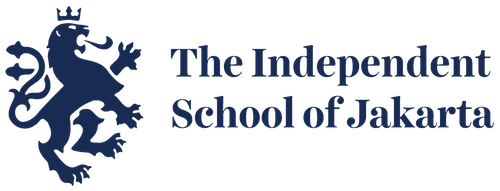The Hidden Science of Exceptional Teaching
What the Best Teachers Know—That You Don't
The overlooked skills, habits, and beliefs that quietly shape a child's success in school.
Large-scale research across millions of students has revealed consistent patterns in what leads to stronger academic achievement. While every child is unique, certain factors appear repeatedly across different age groups, subjects, and educational systems.
Here are the most significant influences on student achievement, drawn from decades of educational research. The effect size measures impact—with anything above 0.4 considered meaningful.
The Science Behind Student Success
What This Research Actually Means for Your Child
1. Teaching Quality Is the Ultimate Difference-Maker
Curriculum matters. Resources matter. However, the single most important school-based influence is teaching quality. This encompasses not just what teachers know about their subjects but how skillfully they observe, adapt, explain, and connect with students.
The best schools prioritise professional development, collaborative planning, and reflective teaching practices—not as bureaucratic exercises, but because these approaches demonstrably improve student outcomes.
2. The Invisible Toolkit: Feedback, Assessment, and Metacognition
Feedback: Clear, specific guidance about what's working and what to do next.
Formative assessment: Real-time checks for understanding that quietly inform teaching decisions.
Metacognition: Helping students plan, monitor, and evaluate their own learning.
These strategies transform passive students into active, self-directed learners who understand not just what they're learning but how to learn effectively.
3. Teacher Expectations: The Self-Fulfilling Prophecy
When a teacher genuinely believes a student can succeed, they invest more time, ask more challenging questions, and respond with greater patience. Students instinctively perceive these expectations—even when unspoken—and often rise to meet them.
This "expectancy effect" can operate invisibly, creating either virtuous or vicious cycles that significantly impact achievement.
4. The Ecosystem: School Culture and Relationships
In thriving learning environments, students feel safe, known, and supported. Positive behaviour is expected, but curiosity and kindness are actively modelled. Relationships remain consistent and predictable.
This emotional stability creates the secure foundation students need to take intellectual risks, persevere through challenges, and build confidence over time.
The Invisible Profession: Teaching as an Expert Craft
Teaching is one of those rare professions that's easily recognised but profoundly underestimated—until you witness true expertise in action. Many people, even those with children in school, fail to appreciate just how demanding and skilled classroom teaching can be.
Explaining concepts clearly represents just one facet of teaching excellence. Exceptional educators constantly read the room—detecting confusion before a hand rises, adapting in real-time, offering calibrated encouragement, and presenting challenges perfectly balanced between comfort and struggle. This professional craft develops through deliberate training, meaningful feedback, and years of thoughtful refinement.
It's worth noting that presenting well at parent events requires different skills than creating a focused, responsive classroom environment. Some of the most remarkable teachers aren't necessarily the most outwardly charismatic; they're the ones whose students are deeply engaged in thinking, making connections, and finding genuine joy in learning—moment by moment, day after day.
This reality highlights the value of authentic classroom observations and interactive school events. When thoughtfully designed, these experiences offer parents a glimpse into what exceptional teaching truly entails: not performance but purposeful expertise that transforms student potential into achievement.
Sources and Further Reading
Hattie, J. (2009). Visible Learning: A Synthesis of Over 800 Meta-Analyses Relating to Achievement. Routledge. A landmark work compiling research from millions of pupils to identify what actually improves learning outcomes.
Education Endowment Foundation (EEF). Teaching and Learning Toolkit – Evidence summaries on effective strategies. https://educationendowmentfoundation.org.uk
Blatchford, P., Bassett, P., & Brown, P. (2003). Do Low Attaining and Younger Students Benefit Most from Small Classes? British Educational Research Journal, 29(5), 665–682.
OECD (2019). PISA 2018 Results – What School Life Means for Students’ Lives. Insight into global education practices and what correlates with higher achievement.
Krueger, A. B. (1999). Experimental Estimates of Education Production Functions. Quarterly Journal of Economics, 114(2), 497–532. Analysis of the Project STAR data on the impact of class size and early education.
Education Review Office (New Zealand). What Drives Learning in the Early Years.
Clarke, S. (2014). Outstanding Formative Assessment: Culture and Practice. A practical and research-informed guide to using formative assessment effectively.
Mason, J., Burton, L., & Stacey, K. (2010). Thinking Mathematically. A teacher-focused look at metacognition and developing mathematical reasoning—useful beyond maths.

